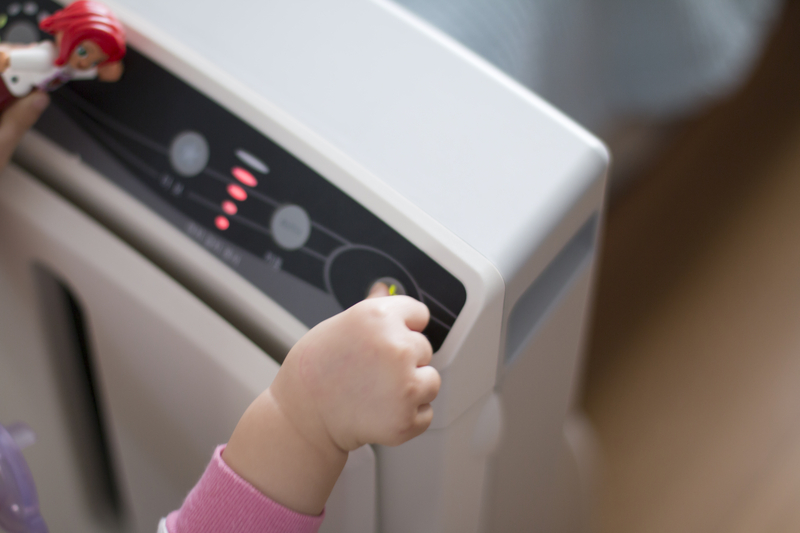
Air Purifiers – How They Work
Indoor air quality is a rising concern for Arizonans, especially considering that we are all spending more time than usual in our homes and that respiratory illnesses are a particularly timely concern. Air purifiers are devices that can be used in tandem with other good hygiene practices to clear out some of the major particles that are floating around in your home.
Trap & Sanitize
Diffusers and humidifiers work by adding particles to the air, essential oils and moisture respectively. Air purifiers do the opposite. They work by using fine sieves that filter particles out of the circulating air. The finer the sieve inside of the air purifier, the smaller the particles it will trap. The Cadillac of air purifiers are High Efficiency Particulate Air, or HEPA filters. They have been lab-tested to trap 99.97% of airborne particles larger than 0.3 microns in size.
Targeted Air Particles
The particles HEPA filters remove most effectively can include dust, smoke, pollen, and even some chemicals. These allergens can all induce or exacerbate lung issues, so having them floating in the air becomes a health concern. Each time the air passes through the purifier’s filter system, the cleaner it will get. Because of this, air purifiers are most effective when they are constantly running.
Key Part of Filtration System
Air purifiers – how they work depends heavily on the movement of airborne particles. For a purifier to effectively clean the air, those particles must be suspended in the air long enough to be drawn through the system. Air purifiers: how do they work when particles settle? They don’t. Dust, pollen, and other allergens that land on hard surfaces like walls or soft surfaces such as carpets and furniture aren’t filtered out once they’ve settled.
That’s why improving indoor air quality requires more than just using an air purifier. A comprehensive approach is key – regularly cleaning rugs, carpets, and upholstery, using a humidifier to manage moisture levels, and ensuring your home is well ventilated all play vital roles in reducing pollutants.
Air purifiers can be an effective component in improving indoor air quality by filtering out tiny, airborne particulates. To learn more about how an air purifier may benefit your home, contact the air quality experts at McMillin Air today!


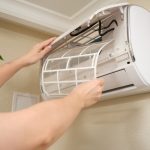
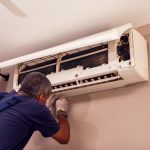
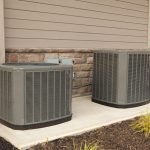
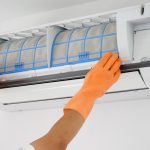


0 comments